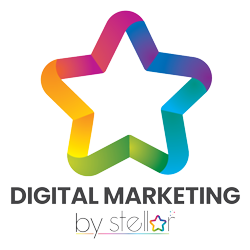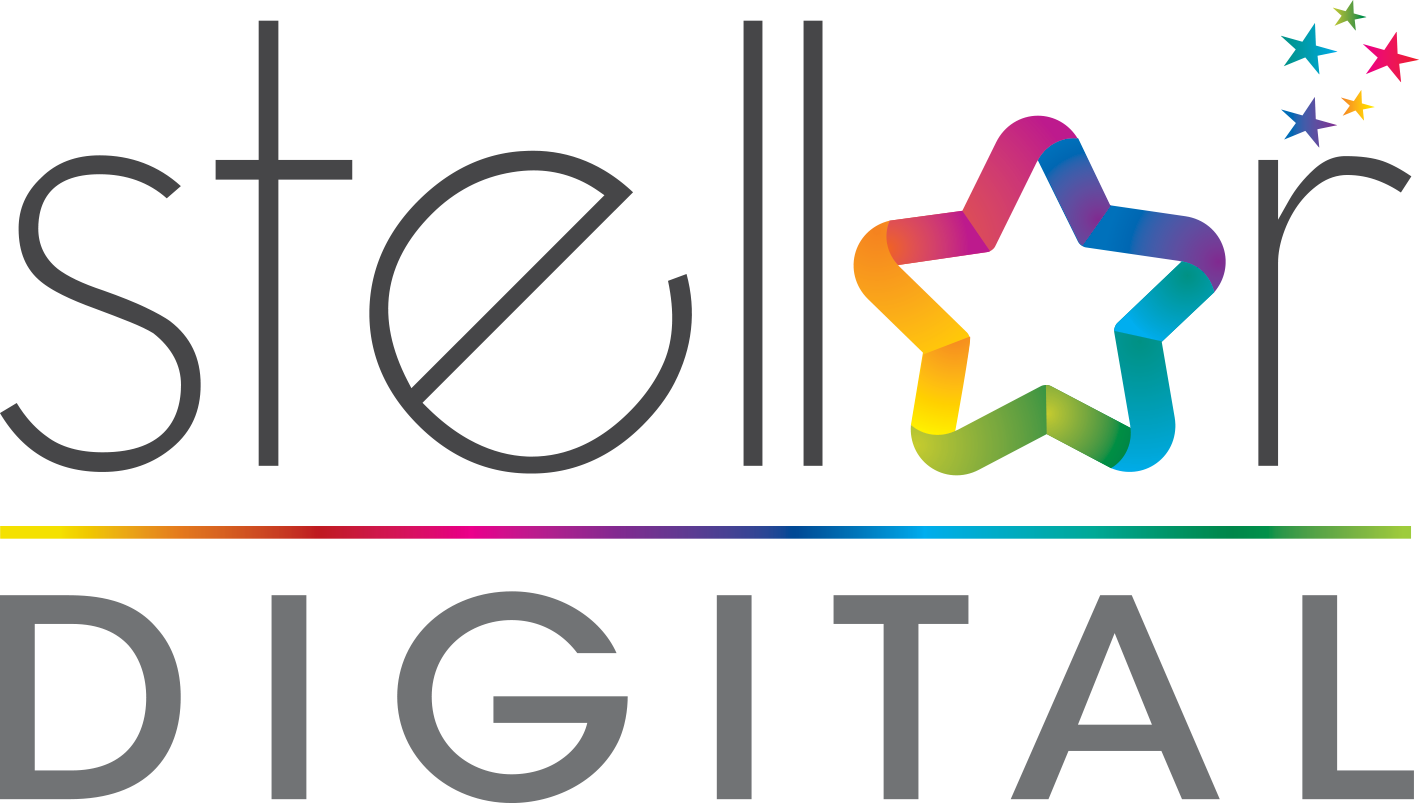Website landing pages often look and feel like an arcade floor. Rather than enticing and directing someone who comes to your site, they confound them–meaning, of course, that visitors act by bolting for the exit by way of the back button.
A landing page is a place where visitors end up after being enticed there by a specific, targeted campaign–an offer for something desirable delivered via e-mail, social media, or an ad. Often, the page plants that compelling offer behind a lead capture form, with the idea of converting visitors into leads that can be followed up on. A landing page offers visitors a hyper-focused experience: delivering them to a specific page, and giving them a clear path to follow.
There is an art (and science) to creating a targeted landing page. A highly effective one contains just enough information to inform visitors without making them feel like fireworks are going off in their face. Ideally, your landing page should convey three simple things: where your visitors are, what you are making available to them (and how awesome it is) and what the next step is to procure (or find out more about) that incredibly awesome thing.
It is tempting to go overboard on your landing page by adding all manner of bells and whistles. Instead, go for simple and clean with stupid-obvious navigation. Less is so often more.
Here are the bones for an effective landing page–one that will convert your browsers into buyers, or at least further your relationship with them.
Successful Landings
In a study of the landing pages of 150 companies, Silverpop found that many failed to grab the attention of customers and prospects, therefore missing the opportunity to lead them down a clear path to conversion.
- Landing pages that failed to repeat the e-mail’s promotional copy in the headline: 45 per cent
- Number of companies that confused customers with landing pages that did not match the look and feel of the original offer: three out of 10
- Landing pages that included forms that required more than 10 fields to be completed: 45 per cent
- Though the presence of a navigation bar on a landing page can be a distraction that pulls visitors away from the primary conversion goal, nearly seven out of 10 landing pages included them.
- Professional writers know it is a lot harder to write short copy than long. Apparently, some marketers are taking the easy way out, since 25 per cent of the landing, pages reviewed by Silverpop required scrolling through more than two screens of text.
Source: Silverpop’s 2009 survey of 150 companies throughout North America and the United Kingdom included 40 B2B companies and 110 B2C companies.
Match the message to the promise. If your pitch promises something your prospect or customer wants (a buyer’s guide to your product, a free e-book) make dead sure that the visitor receives precisely that–immediately.
“Message mismatch” is an all-too-common occurrence: In its study of 150 individual landing pages, Silverpop found that the most successful landing pages match the promotional copy in an email’s call to action–what yielded the click in the first place. Yet 45 per cent of the landing pages evaluated failed to repeat the e-mail’s promotional copy in the headline. If you sell someone on a promise, make sure that the first thing experienced does not tell a whole other story.
Deliver awesome. Have you ever clicked on a link that offered a guide to family-friendly Caribbean resorts, only to realise that it was a sales brochure for one specific resort? You felt gamed, which is a terrible taste to leave in a prospect’s mouth. Be sure that the content you produce as a landing-page download is valuable: Will your prospects love it or is it lame?
Avoid TMI. Don’t cram too much stuff onto the page.
Doing so can invoke hyperlink distraction and result in your prospect wandering down a different path entirely. Scott Brinker, president and co-founder of marketing agency ion interactive, calls the tendency to weigh down a page with lengthy text and explanations “sagging page syndrome.”
“Trying to cram as much as possible onto one page puts the burden on the respondent to sift through it,” Brinker says. “Unfortunately, most of the time, they’re just not that into you yet.”
Keep your headline benefit-driven. Reiterate what’s awesome about your offer by telling customers what’s in it for them. A product-driven headline highlights what your product or service will do. A benefit-driven headline tells customers what your product or service will do for them.
In a test we did at MarketingProfs for two different landing pages, both offering access to one of our planning tools, the first read, “Join today and get access to SmartTools: Social Media Marketing.” The second read, “Create Successful Social Media Campaigns Fast with SmartTools.” The first is product-driven, but the second imparts what a subscriber will get out of it. Not surprisingly, the second, benefit-focused landing page converted 26.06 per cent better than the product-focused page.
A word about subheads and copy. A subhead beneath the headline is a good place to explain the key benefits of your offering. Lots of words versus very few words, is a richly debated issue in marketing circles. Be a fan of fewer words, preferably in easy to scan bullet form, with perhaps a video or supporting graphics. One word of caution: Don’t set video or audio to play automatically as soon as the page loads. Not only is that gratingly annoying, but the sudden volume can also scare those of us who tend to work in silence.
Use a strong call to action. Once a visitor lands on the page and opts into your offer, make sure they know what to do next. Put a call to action in an obvious place, and play around with what language works best for you. Some research suggests that landing pages with submit buttons labelled simply “submit” tend to perform worse than those that invoke more actionable wording, such as “download now” or “register.” Be sure the button stands out by adhering to the four Bs: big, bright, bold, and blindingly obvious.
Keep things simple. When it comes to lead generation, solicit only the most relevant information. The idea is to eliminate friction between the visitor and the desired action–to entice, not irritate. Simple also means pruning the words and images on the page down to the essentials. The less content you have on the page, the more you’ll be able to feature ‘above the fold’ or in the important space that page visitors see without having to scroll.
Use trust indicators and social proof. Establish credibility by including signals to your trustworthiness: Testimonials, press mentions, third-party trust and security verification (like TRUSTe or the Better Business Bureau), satisfaction guarantees and so on. You might also include “social proof,” like blog comments or the number of followers you have on Facebook or Twitter. Social proof enhances credibility by signalling that others connect to your company in the same way.
Testing, testing. Your product and services are unique, and so is your audience. When it comes to landing pages, test what works best for you–with your audience. The most straightforward way to do this is through a simple A/B test, in which you try different versions of an offer to see which performs better. Start by testing apples vs. oranges, and then refine your approach. Once you determine whether an apple converts better than an orange, determine whether a Macintosh, say, converts better than a Fuji.
To get more out of your landing pages, kindly drop me an email at Justin@StellarDigital.com.au.



0 Comments
You can be the first one to leave a comment.